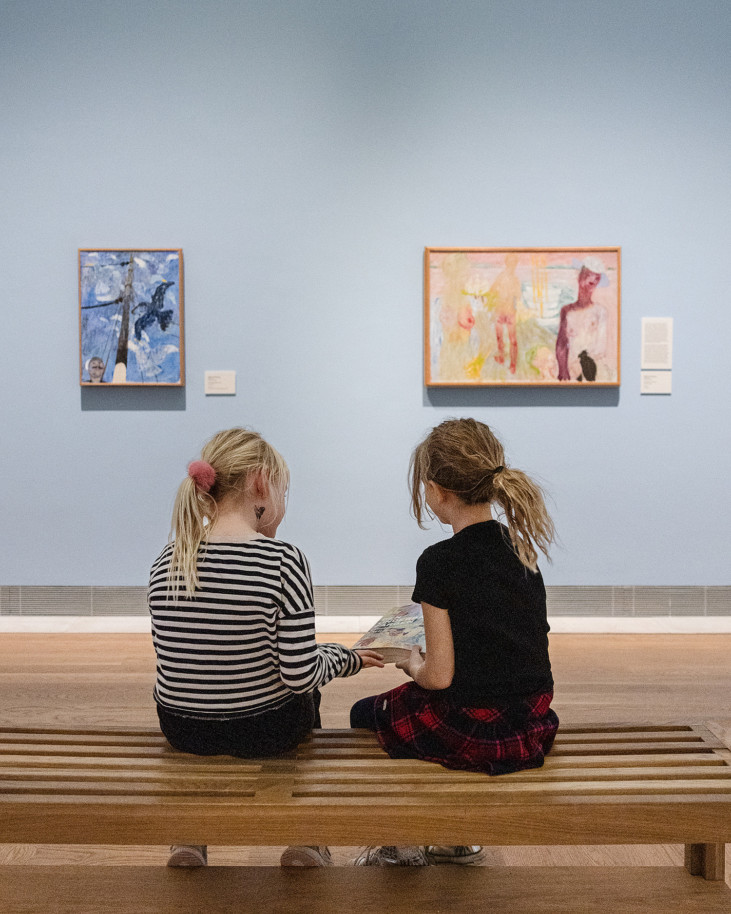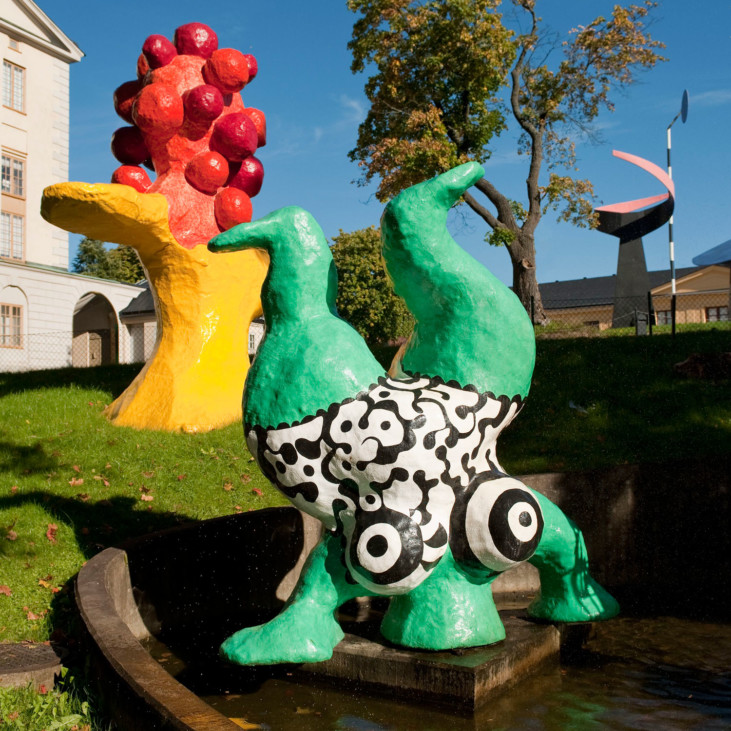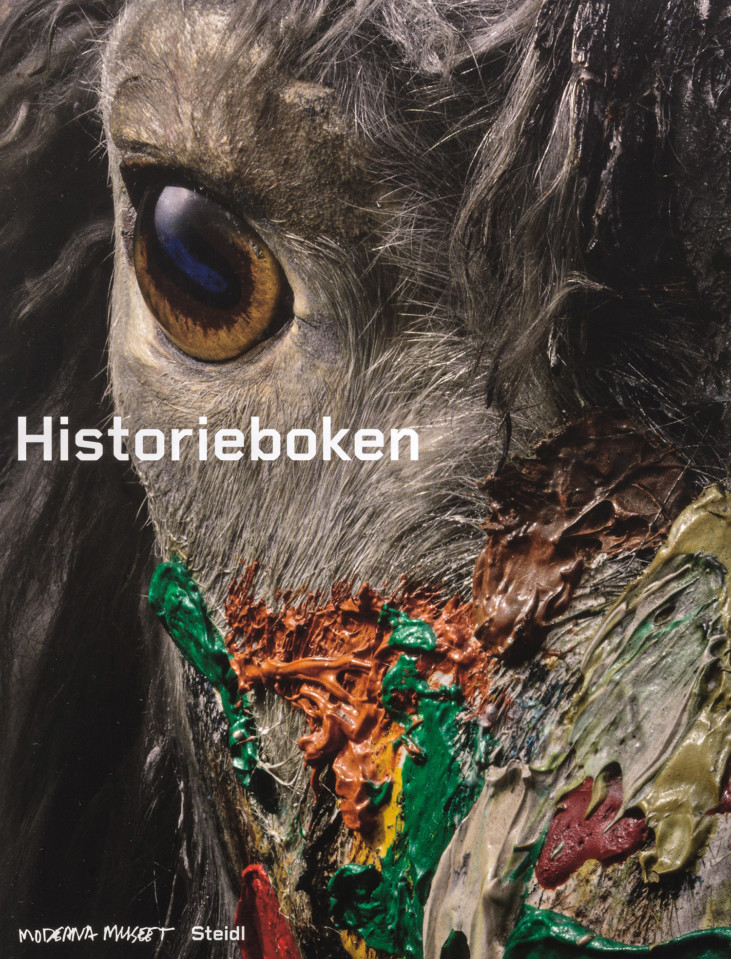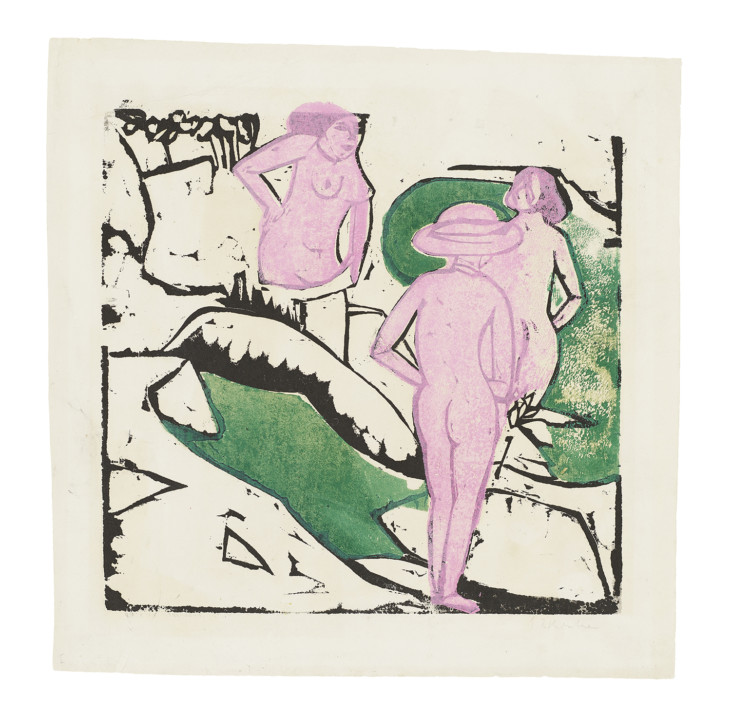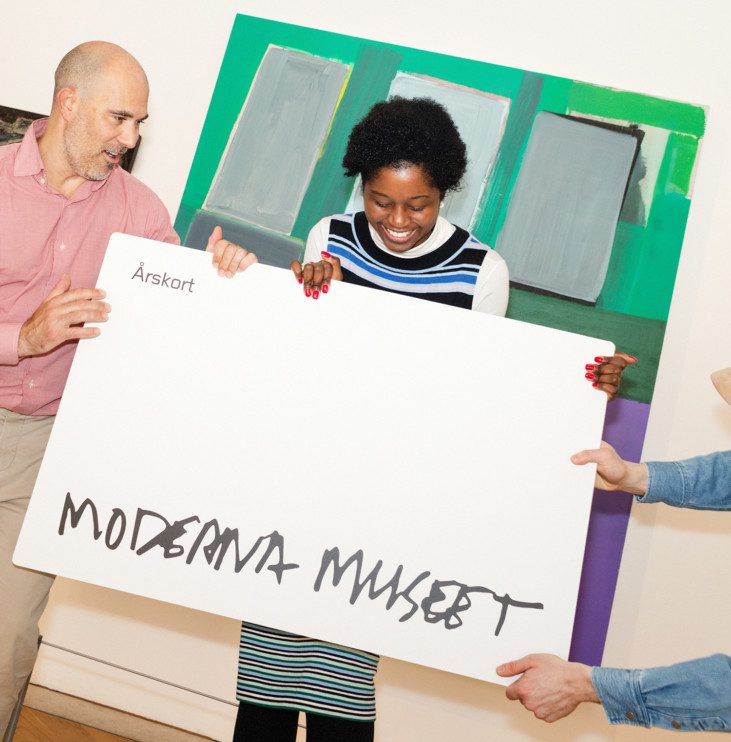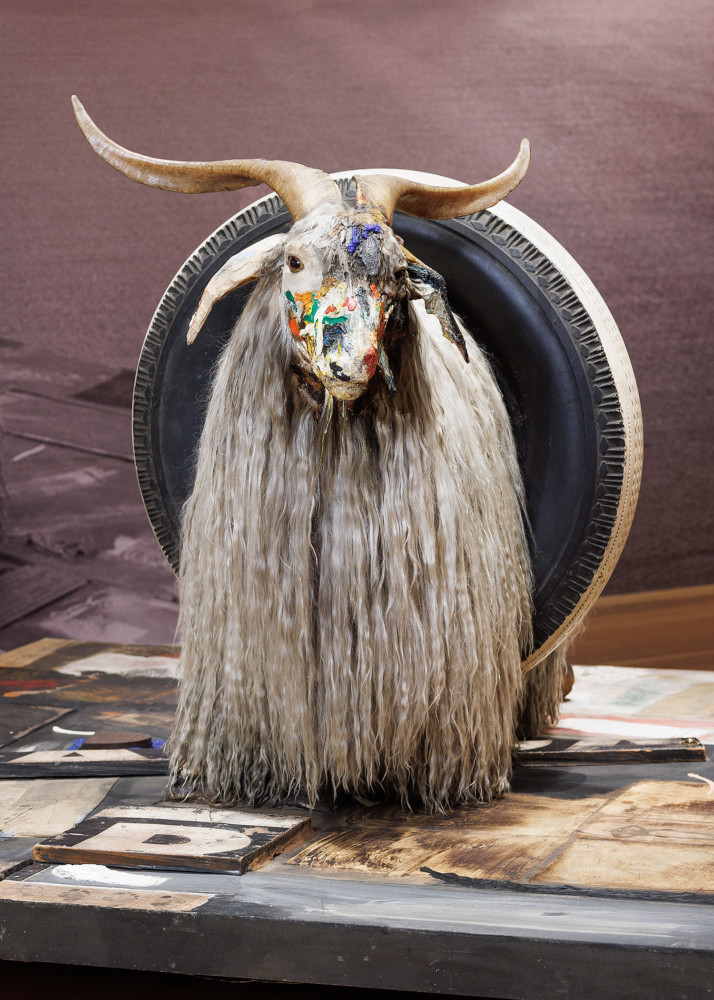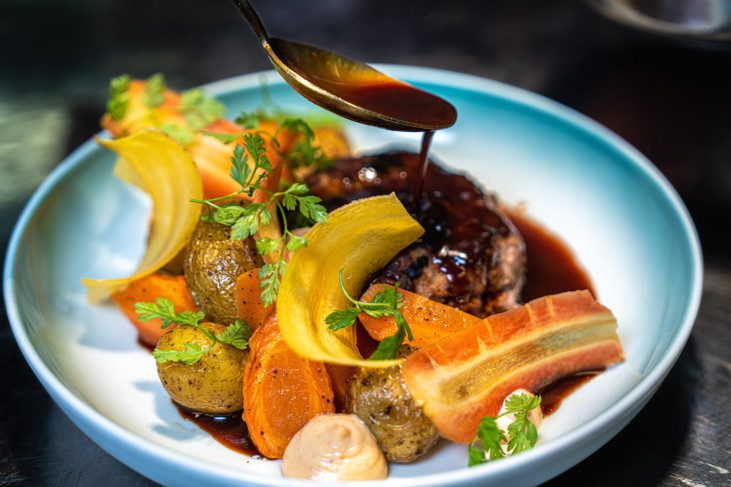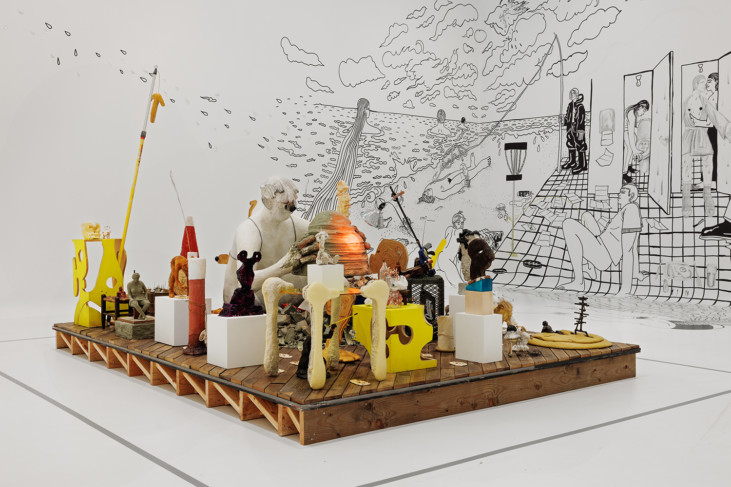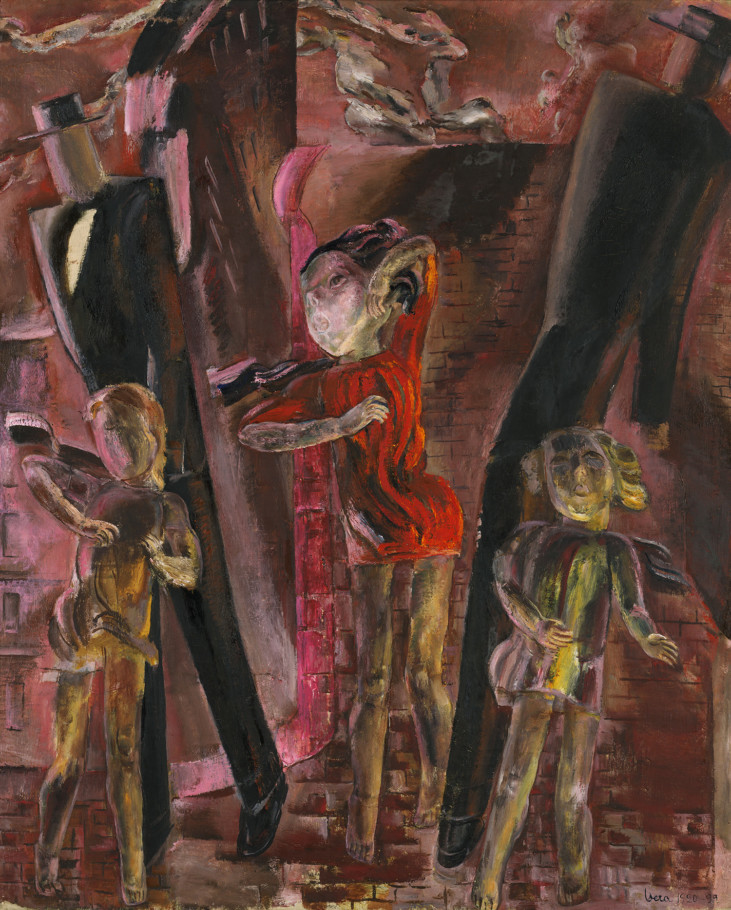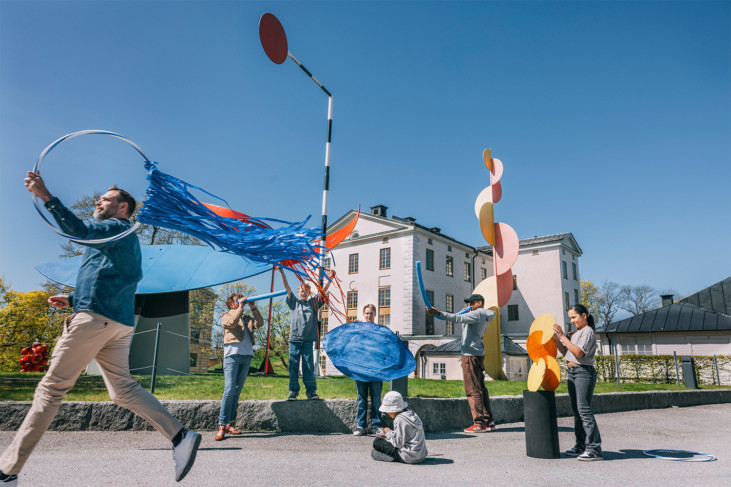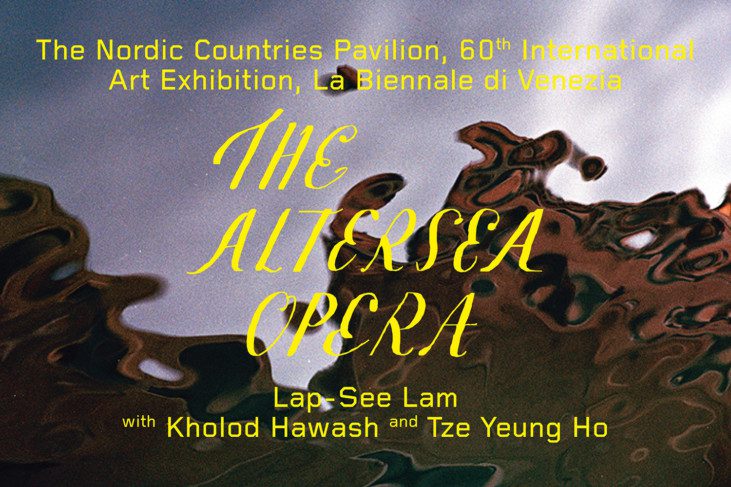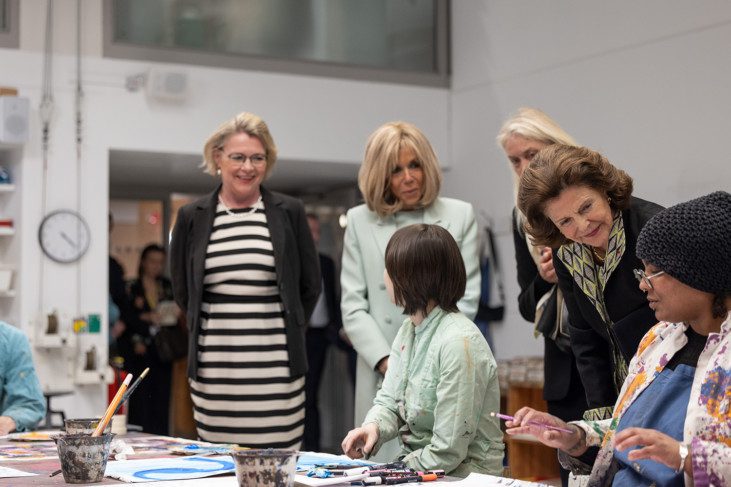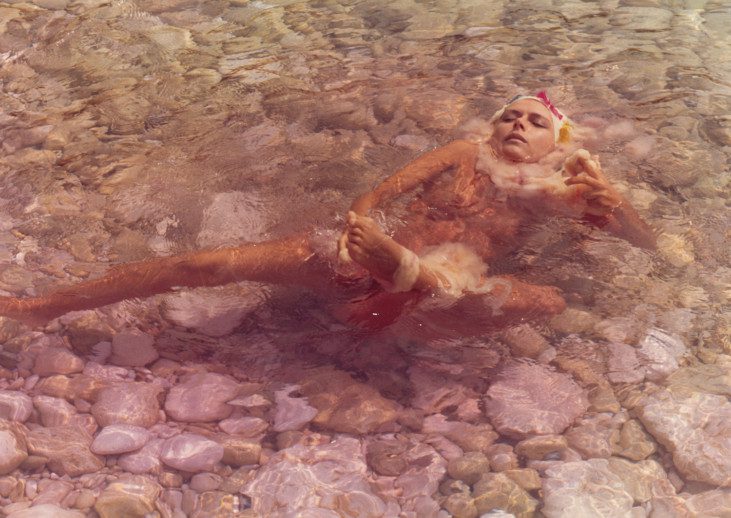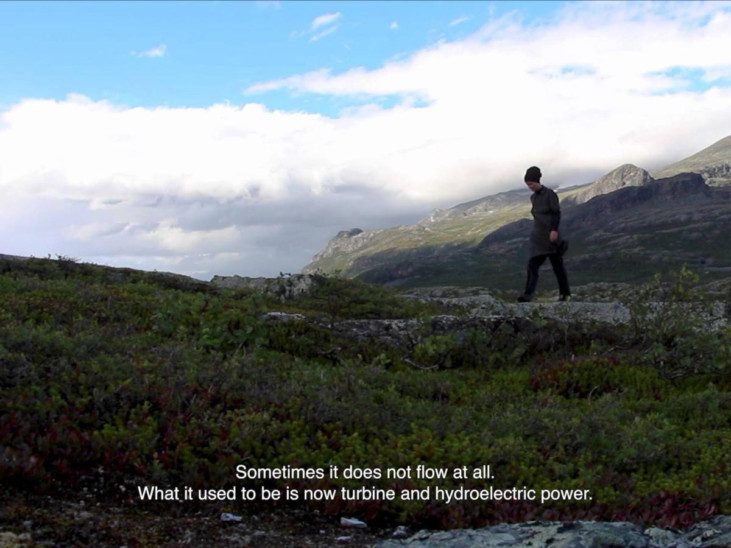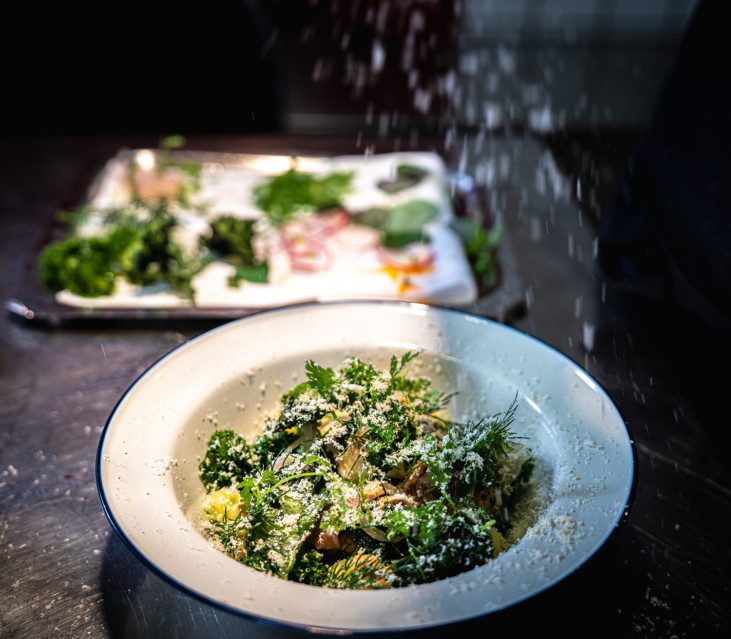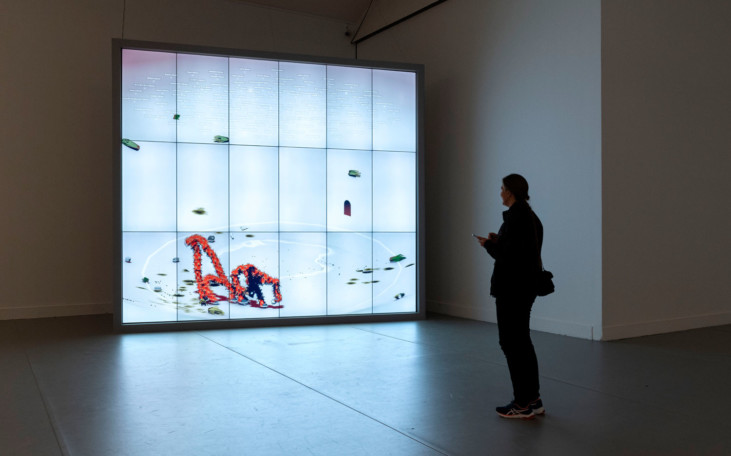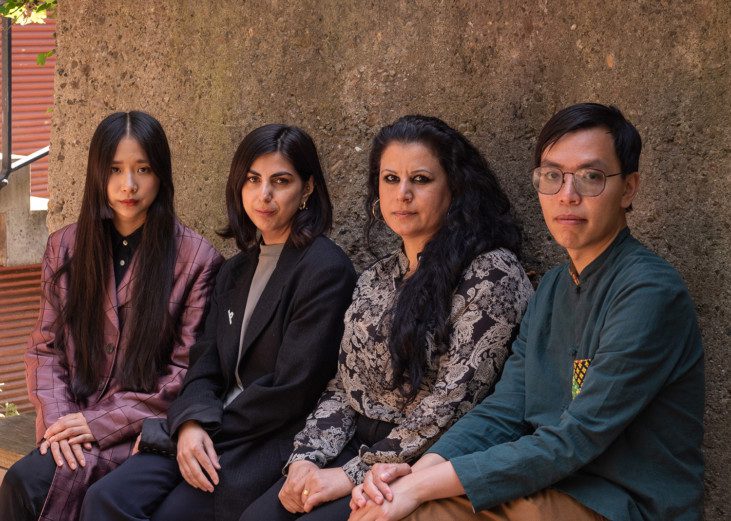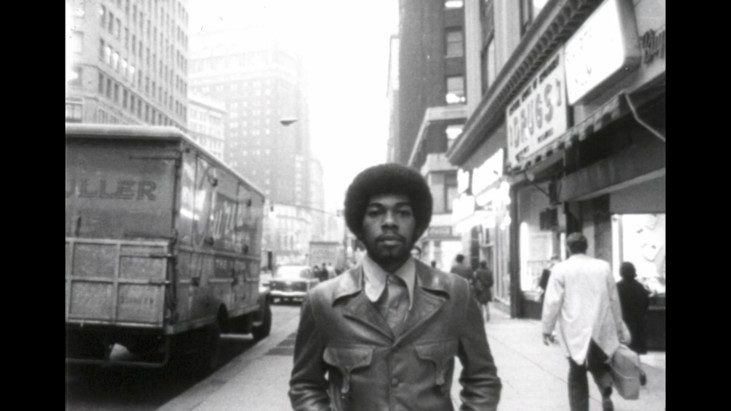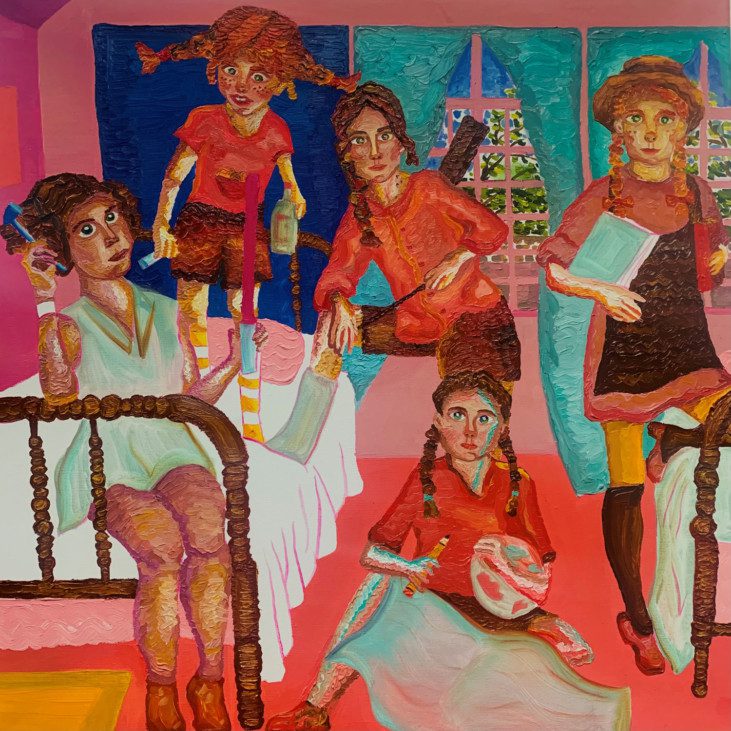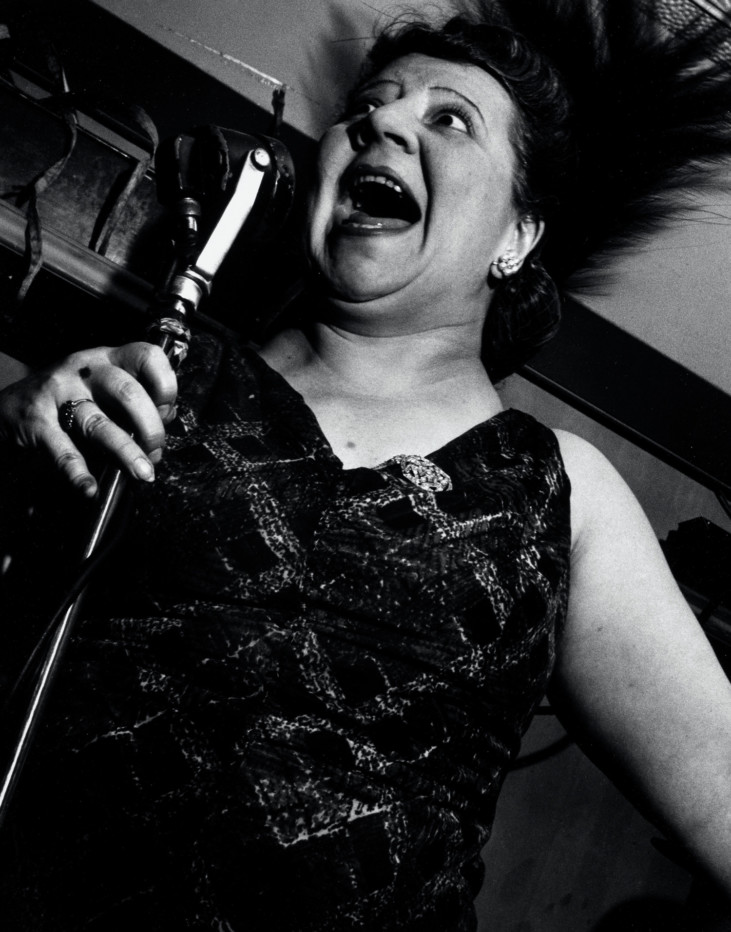
Moderna Museet Essay Photo: Albin Dahlström/Moderna Museet
26.9 2013
The literary museum
In October, a major exhibition of Cindy Sherman’s oeuvre opens at Moderna Museet. The catalogue is unusual. Instead of highlighting theoretical interpretations, we have asked some of the great contemporary authors to write about the images we will encounter. Karl Ove Knausgård and Sara Stridsberg, Miranda July and Lars Norén are among the contributors.
A week after the opening, Norén will return to the Museum with a large selection of text fragments to infiltrate our exhibition spaces, as part of Stockholm Literature, a completely new literature festival. For two days, 26-27 October, literature, art and science will be brought together in discussions, readings and performances at Moderna Museet. Literature and art do not lead separate lives. This is important to remember, and the festival will provide an opportunity to see what happens when they are brought together.
Another project that bridges language and image is Moderna Museet Essä, a collaboration with the publishing company Axl Books, which use the versatility of the essay to explore the relationship between the written word and the visual diversity offered at Moderna Museet.
The format is always the same; the book is small enough to fit into your pocket and has a sturdy binding that will look good in the bookshelf after you have finished reading it. Each book has a different colour – so far, they have been cyan blue, magenta, yellow, black and red – but the contents is what really matters, text without images, about art in the broadest sense.
The first book was by Lars O Ericsson, Magritte – Foucault. On Words and Objects. Followed by Sara Danius, Proust – Benjamin. On Photography. The former is a contemplation on René Magritte’s relationship to what we call language – his constant undermining of the notion of a natural link between the world and the signs habitually used to describe it. Sara Danius, in turn, takes Marcel Proust’s legendary work In Search of Lost Time as her starting-point, juxtaposing it to a passage by Walter Benjamin in which he introduces the “optical unconscious” – the idea that the camera, like psychoanalysis, can bring to light hitherto unknown sides of a human being. The essay unfolds into an examination of the work of art in the era of technical reproduction, and the power of the camera’s mechanical gaze, and inserts Marcel Proust in the theoretical history of photography. A thought-provoking read, especially in view of Moderna Museet’s excellent collection of photography, which covers the entire history of the medium.
“You could say that Lee Lozano had an excess of energy that prompted her to restlessly try different techniques and means of expression. Or you could say that Lozano was a turncoat who adopted whatever style that happened to be in fashion in New York at the time.” The artist Annika von Hausswolff’s essay on Lee Lozano is a monologue aimed at a dead artist colleague, and her text tries out various interpretations of Lozano’s oeuvre. This third book in the series is a posthumous encounter between two artists: “Lozano’s images rummage around inside me, carving and attaching. Building a foundation of trust. They mend me and convince me that the vice on my arm should be screwed exactly that tight, like a blood pressure cuff connected to an oracle.”
The collection exhibition currently features Lozano’s painting Punch, Peek & Feel (1967-70) alongside Eva Hesse’s fantastic Untitled (1965), both of which are the subject of Mara Lee’s essay on Eva Hesse. She writes, “Eva Hesse is an intriguing artist. Why? Young, beautiful, violent death. Magic and tragic. But there are other aspects of her oeuvre that evade any attempt at objectification. The works that fall to pieces, her predilection for fragile materials. Integrity. Work, work, work, ad absurdum,” Mara Lee notes that humour and the absurd elements of existence are qualities in Hesse’s oeuvre. When we look at her work in the collection, acquired with funding from the Friends of Moderna Museet, the humorous aspect adds an extra dimension to this iconic sculpture, like a drawing in air, which is one of the best-loved treasures in the Museum.
The latest contribution to the series is a conversation between two art critics from different generations, Peter Cornell and Frans Josef Petersson, about a sparse and rather neglected oeuvre, that of Ulla Wiggen. This spring and summer, Moderna Museet has featured her in a Moment exhibition, showing her unusual paintings from the late-1960s, including two works from the Museum collection, Simultaneous Translation (1965) and TRASK (1967). The essay on Ulla Wiggen can be read without seeing the exhibition, as a dialogue about art in our time, and on how our interpretations of concepts such as realism and abstraction fluctuate.
Thus, language meets the world of images that is Moderna Museet’s forte. Our collection and our history are visualised in forever new ways.
First published in Moderna Museets Vänners Bulletinen Nr 4, 2013
Published 26 September 2013 · Updated 6 November 2015

